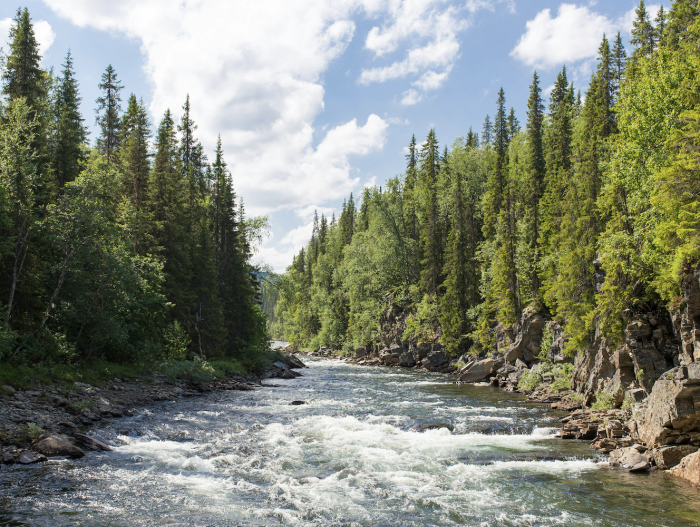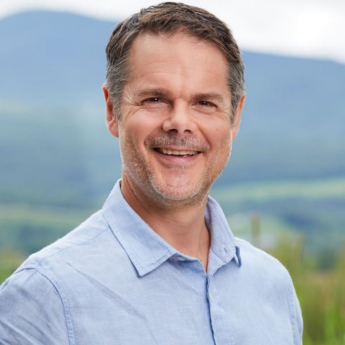Sometimes you choose your purpose, and sometimes it makes itself known to you in unexpected ways.
Simon Olivier’s purpose became clear to him several years ago after he experienced skin irritations and difficulty breathing following a swim in Lake Memphremagog.
“When I went to the doctor, I was told, ‘Simon, you're 100 per cent fine. The problem is with the water that you swam in,’” he recounts.
He was already passionate about water, being an avid sailor and scuba diver, but this incident set Olivier on a totally new path.
He knew there were solutions available to address water pollution, but implementing them was less simple. Conversations with entrepreneurs revealed they often lacked growth capital because banks didn’t understand water or how to assess the risks. Financial institutions saw water as free and abundant, and therefore unprofitable.
“At the time, I thought, ‘I've got time and I've got a bit of money. I'm going to launch an investment fund to invest in those companies,’” he says.
Today, Olivier is the head of the H2O Water Fund at Cycle Capital Management and is an instructor at Concordia’s John Molson Executive Centre, teaching the Water Stewardship and Market Mechanisms micro-certificate.
Water stewardship itself refers to the responsible oversight of water resources to ensure their sustainable use for both people and the environment, all while balancing economic needs. It requires collaboration among industries, communities, and policymakers to protect water quality and availability for future generations.
Water stewardship is at the core of Olivier’s work, which focuses on advancing technologies and strategies that address water scarcity and promote sustainable initiatives critical to industries and communities alike.
Rethinking water
The first step, Olivier emphasizes, is recognizing why water is a finite resource.
“The water you drink today might have been consumed by dinosaurs millions of years ago,” he says. “But as of this decade, we’ve hit ‘peak water,’ meaning we consume more than the planet can sustainably replenish. We’re living in a deficit.”
Traditional sources such as lakes, rivers, and aquifers are strained by overuse and pollution. Olivier highlights two newer sources: desalination and water reuse.
Desalination transforms seawater into freshwater, providing drought-prone regions with a critical alternative. Water reuse involves recycling wastewater, extending its usefulness in industries and communities alike.
He points to H2O Innovation’s recent project at a Texas car manufacturing plant, where a water recycling system was successfully implemented to meet the high demand of the car painting shop.
Another H2O Innovation is Revival beer, which is brewed using recycled Los Angeles wastewater and creatively showcases the vast potential of water reuse.
Olivier emphasizes that leaders and humanity at large must shift mindsets to understand and embrace these possibilities.
Canadian opportunity & responsibility
With 20 per cent of the world’s freshwater reserves, Canada is uniquely positioned to contribute to global water stewardship. However, much of this water flows north, while most of the population — and agricultural activity — is concentrated near the U.S. border.
This geographic mismatch creates both challenges and opportunities. Olivier points to the agricultural concept of "virtual water," which refers to the water required throughout the process of growing, processing, and transporting food.
By exporting water-intensive crops, Canada is effectively redistributing its water resources, easing pressure on drought-prone regions like California, for example, where recent wildfires drove water costs up roughly 150 per cent, threatening the viability of farming.
Olivier says Canada’s role in the global food supply can assist in sustaining agricultural production in water-scarce regions.
Closer to home, Canadian communities also face their own inefficiencies.



 Simon Olivier, head of the H2O Water Fund at Cycle Capital Management
Simon Olivier, head of the H2O Water Fund at Cycle Capital Management